Rethinking ink
Updated: 2014-04-28 09:47
By JACK FREIFELDER in New York (China Daily USA)
|
||||||||
MOCA hosted a daylong conference Sunday in conjunction with its most recent show — Oil & Water: Reinterpreting Ink.
Close to 100 people attended the symposium at the museum in downtown Manhattan, which featured a number of conversations on the trajectory of modern ink painting.
|
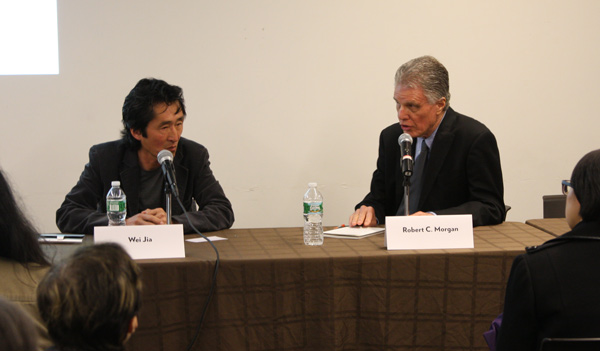 |
Art historians and critics were paired with exhibiting artists for discussions on topics including the role of ink painting in a modern setting and the effects that political and artistic developments have had on American and Asian art.
Michelle Y. Loh, guest curator of the show, said the exhibit spurs interest in contemporary Chinese art by promoting a dialogue about the "influence of contemporary art practices on the Chinese ink tradition”.
"The three artists in our exhibition are representative of a unique historical period,"Loh said. "All three — Qiu Deshu, Wei Jia and Zhang Hongtu — came to the US and devoted their energies to seeking and creating a visual language that reflects the intersection and collision between two sides — geopolitically between the US and China, and artistically between old, traditional mediums and new ones."
"By putting these works together in this exhibit, we are trying to revisit the idea of modern art through the lens of these artists,"she said. "Contemporary artists are not just looking at pure aesthetics, they're touching on a lot of issues and working through them using art.”
Wei Jia, a painter with a penchant for works that involve elements of Chinese calligraphy, said calligraphy has been an integral part of his maturation as an artist.
"When I was young I practiced calligraphy, but even still today I practice calligraphy for at least one hour every day as self-cultivation, almost meditation even,"Wei said. "It's like when you go to the gym to exercise, but the only difference is the body and mind.”
Wei said the dilemma for a painter in a contemporary setting are the limitations that traditional painting techniques and the label of "contemporary Chinese painter"put on an artist and a work of art.
"What I want to do is continue to explore Chinese traditional painting,"Wei said. "But I have to challenge the traditional way of painting because it doesn't fit today. I don't use a Chinese brush and I try to avoid these ways because if I use Asian materials I will definitely be limited.”
"I don't want to be labeled, so I just do what I love to do,"he said.
Zhang Hongtu, a New York-based painter and installation artist, said people would understand more about Chinese contemporary art after visiting MOCA.
"From my 30 years over here in the US, some people are concerned that Chinese art is old and shouldn't even be put in a museum,"Zhang said. "Every tradition is still alive, even back to 1,000 years ago, even if not so many people respect the tradition today."
"For this show, the three of us work in different mediums but if you want to do something new you can learn from tradition,"he said. "In this case people will understand that tradition itself can be part of the contemporary culture, but it depends on the way you treat tradition.”
Oil & Water: Reinterpreting Ink is on display from April 24 through Sept 14.
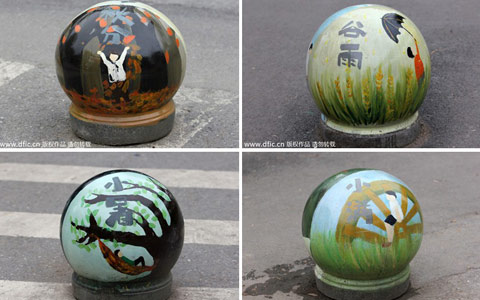
 Amazing manhole cover graffitos dazzle campus
Amazing manhole cover graffitos dazzle campus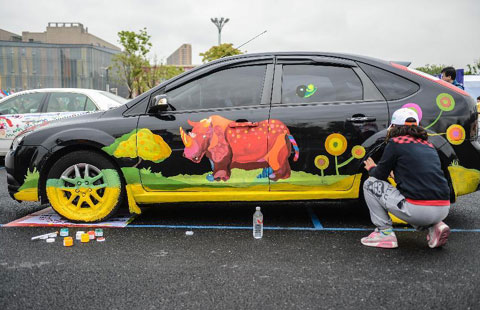
 Cars with colorful cartoon drawings parade in Hangzhou
Cars with colorful cartoon drawings parade in Hangzhou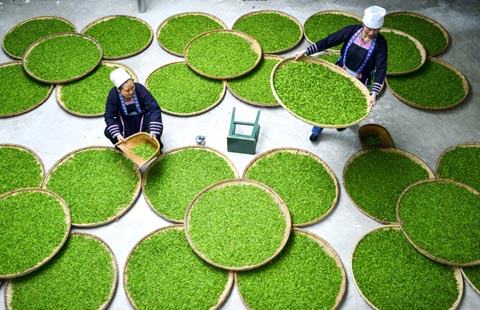
 Young laborers shun tea harvesting
Young laborers shun tea harvesting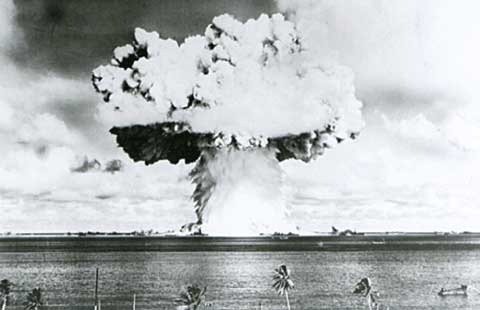
 Old US nuclear explosion images released
Old US nuclear explosion images released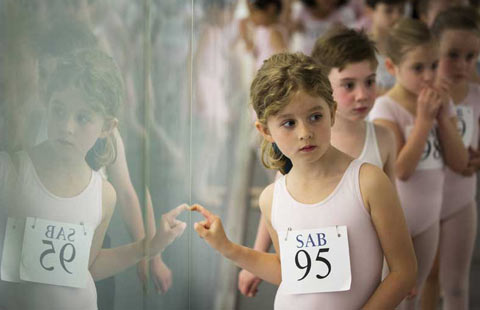
 Ballerina-to-be in audition
Ballerina-to-be in audition
 Red alert for rainstorm issued in S China's Liuzhou
Red alert for rainstorm issued in S China's Liuzhou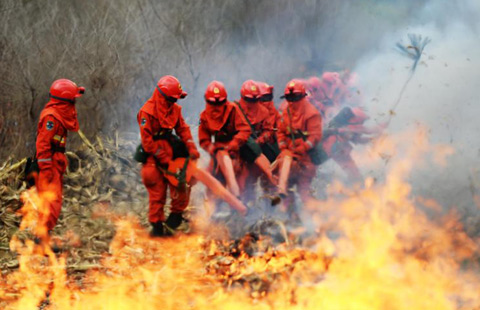
 Forest team tackles fire drill in NE China
Forest team tackles fire drill in NE China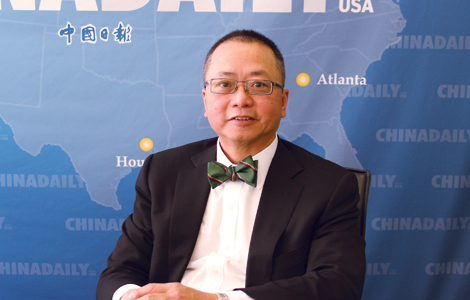
 'Global citizen' becomes head of C-100
'Global citizen' becomes head of C-100
Most Viewed
Editor's Picks

|
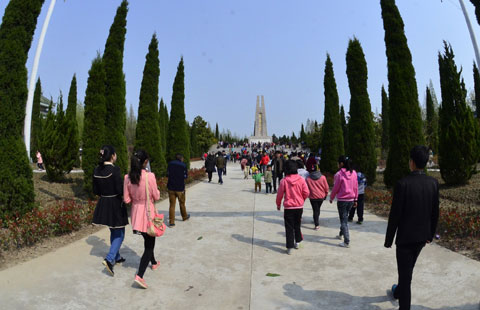
|
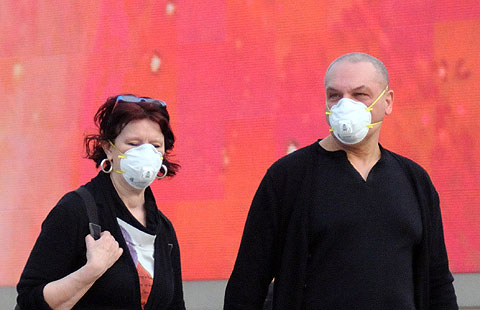
|
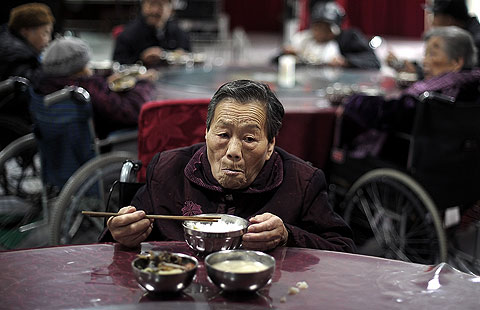
|
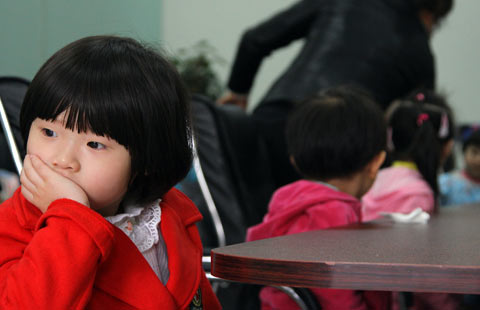
|
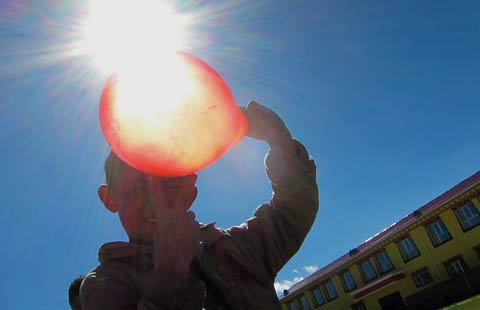
|
Today's Top News
US TV series ordered off China's video sites
Chinese gets Broadway laughing
Dominic Ng completes term as C-100 chairman
Easier visas target more Chinese
"The Other Woman" beats "Captain America" with $24.7m
NBA probing alleged recording of Clippers owner
S Korean PM resigns over disaster
China Customs seize fake products to protect World Cup
US Weekly

|

|





